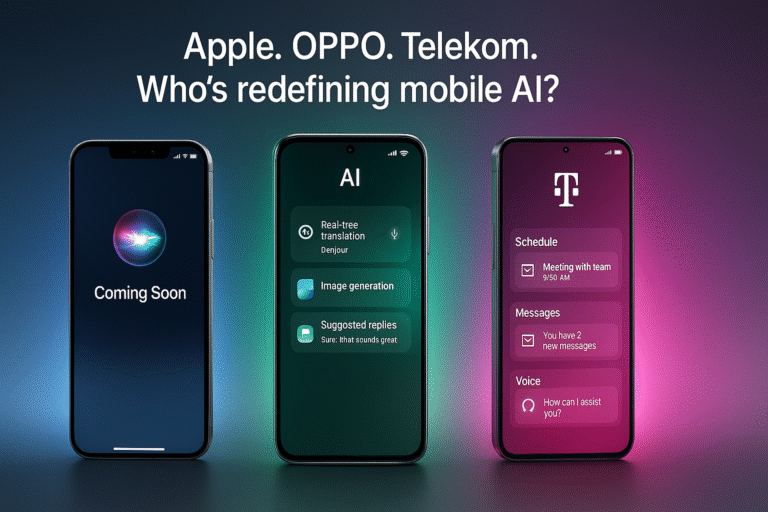
Choosing the right strategy is critical for startups in 2025. As artificial intelligence becomes a foundation of innovation, founders and CTOs must decide whether to build their own solution or buy an existing platform. This decision impacts growth speed, competitive advantage, and overall cost-efficiency.
In this article, we’ll guide you through the essential factors, share real examples, and help you make the smartest move for your business.
Why Every Startup Needs an AI SaaS Tool
An AI SaaS Tool empowers startups to automate operations, predict customer behaviors, optimize workflows, and personalize user experiences. In a competitive environment, leveraging AI quickly and efficiently often determines a startup’s success or failure.
Build vs Buy: Evaluating the Best Tool Approach
| Factor | Build AI SaaS Tool | Buy AI SaaS Tool |
|---|---|---|
| Cost | High upfront, scalable later | Lower initial, subscription-based |
| Time to Market | 12–24 months | Immediate |
| Customization | Total control | Limited |
| Maintenance | Your responsibility | Vendor’s responsibility |
| Scalability | Customizable | Depends on vendor plans |
| Risk | Technical and market risk | Vendor stability risk |
When Should You Build?
Building your own Tool is ideal if:
- You need high specialization that existing tools can’t offer.
- You aim to own the IP for valuation and market edge.
- You have a strong in-house AI team.
- You want full security and customization control.
Example: A FinTech startup built a proprietary AI tool to detect fraud with financial-grade security standards.
When Should You Buy?
Buying is smarter when:
- You must launch or scale quickly.
- Your startup lacks deep AI development expertise.
- The AI need is common (CRM, support, marketing).
- You prefer a predictable budget with SaaS pricing.
Example: A HealthTech startup integrated a pre-built AI scheduling tool to streamline appointments and cut development time.
Major Factors Before Choosing Your Strategy
1. Core vs Peripheral Functions
If AI is a core differentiator, build your SaaS Tool. If it’s a support function, buy.
2. Total Cost of Ownership
Consider:
- Development salaries
- Cloud hosting fees
- Ongoing maintenance
- Regulatory compliance
3. Vendor Lock-in Risks
When buying, evaluate if the AI SaaS Tool allows:
- Data export
- Open APIs
- Flexible scaling
4. Scalability
Make sure your solution—built or bought—can grow with your business ambitions.
📈 Case Study: Build vs Buy Decision Outcomes
| Startup | Strategy | Result |
|---|---|---|
| FinTech Company | Built AI SaaS Tool | Achieved $300M valuation due to proprietary tech |
| EdTech Startup | Bought AI SaaS Tool | Launched product 10 months earlier, secured Series A |
| Retail SaaS | Built AI recommendation engine | Delayed launch, struggled with scaling |
Best Practices If You Build
- Launch a MVP first.
- Use open-source AI libraries (e.g., TensorFlow, Hugging Face).
- Ensure modular architecture for future-proofing.
Best Practices If You Buy
- Choose reputable vendors with strong SLAs.
- Look for customizable AI features.
- Prioritize data security and privacy compliance.
Final Verdict: Should Your Startup Build or Buy?
| Business Priority | Recommendation |
|---|---|
| Need unique AI capabilities | Build |
| Need fast go-to-market | Buy |
| Have AI-specialized team | Build |
| Focused on cost-efficiency | Buy |
Final Thoughts

In 2025, adopting the right strategy can define your startup’s trajectory. Evaluate your goals, resources, and market demands carefully. Often, a hybrid approach—building core components and buying non-core solutions—offers the best of both worlds.
🚀 Related reading: Top 10 AI-Powered SaaS Tools Every Business Should Use in 2025
🤖 Discover more: How AI Is Revolutionizing B2B Sales and Lead Generation in 2025






